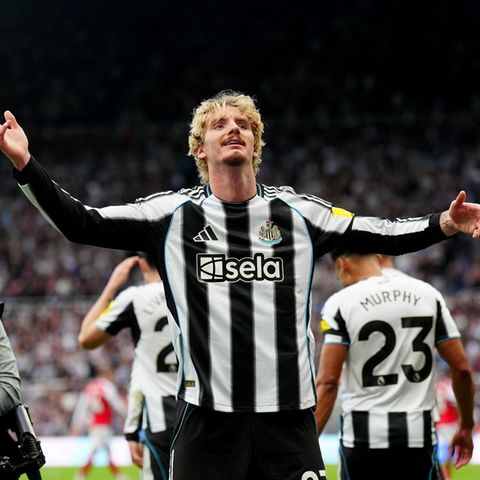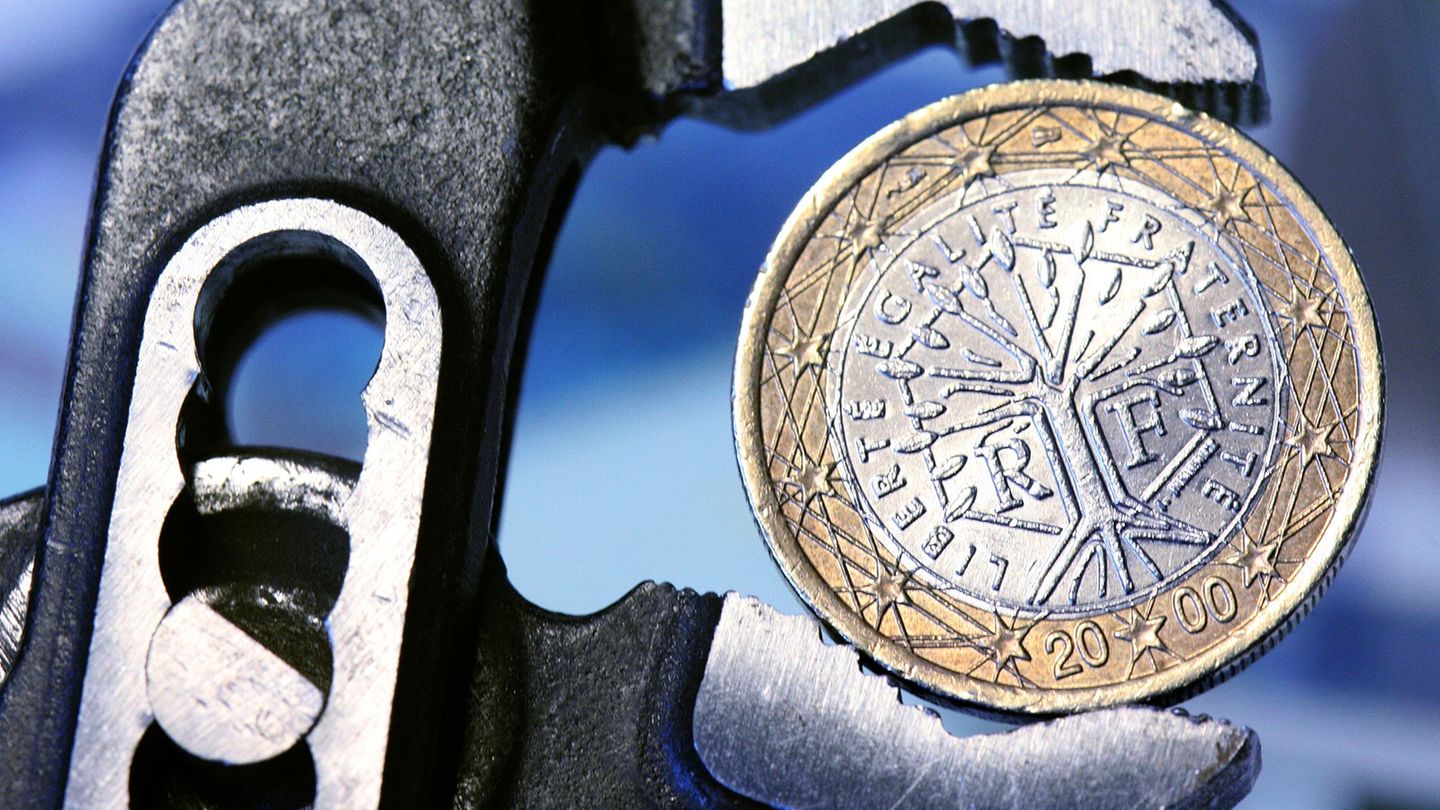Rudolf Forster is used to staffing an information stand for talks and holding talks with supporters and opponents. The former HTL teacher and now energy entrepreneur traveled the country like an itinerant preacher in the 1970s to warn of the climate catastrophe “if we continue to pollute our most important resource, namely the air.” But having a stand at the climate festival on the forecourt of the Arbeitswelt museum was new territory for the pioneer who, with three wind turbines in the Laussa, turned the village community into an ecological pilgrimage site in the 1990s. Forster can be sure of a change of heart: “It may be that someone finds the wind turbines ugly. But the landscape will be spoiled even more if it is withered and burned due to global warming.”


The call for more clean energy, which can only be guaranteed by electricity generated without air pollution and greenhouse gases, was unmistakable despite all the austerity pledges at the climate festival.
“We won’t get worse, but we’ll have to live differently,” noted Thomas Weissengruber from the “Gulp” youth center. At the meeting point of the Catholic Church for students and apprentices, people chill on the sofa, but they also get involved when it comes to healthy and fairly traded food or clothing.
Specialist teacher Alexandra Stummer also encourages the majority of girls at the Kleinraming Agricultural College to do more than just talk about climate protection. The youngsters sewed pretty bathroom mats and stylish pillows out of old jeans. The dishwashing sponges, which were made from old plastic nets for vegetables and fruit, are quite original: “You can see that with a little imagination, many disposable items can be given at least a second product life.”


Molecular biologist and Science Buster Martin Moder then banished the idea that humans will adapt to the increased temperatures with their genes as a figment of the imagination from the show stage. It will not work without a change in behavior, said the scientist.
The willingness to do so was felt among the many exhibitors, who made the climate festival into an environmental fair, and among the public. You want to see construction sites, but no more wrong ones. Provincial Councilor Stefan Kaineder (G) pointed out that in Upper Austria so many areas have already been set aside as building land that “the federal capital Vienna could be built on it again”. On the other hand, there should be more space for further photovoltaic parks and wind turbines. Where Mayor Markus Vogl (SP) also agreed. The head of town hall only had a different opinion when it came to the planned west clasp when he wanted to use the Google route planner to refute the citizens’ initiative’s fears of a truck transit route from Prague to Coper. “Testimony against testimony” was agreed after the debate on the podium backstage.


FP Deputy Mayor Helmut Zöttl aroused the astonishment of the organizers of the climate festival with the reason for his cancellation: “Given the general situation of the energy supply here in Austria and in Europe, I currently see the discussion ‘Steyr’s path to climate neutrality 2040’ as rather abstract .”
3 questions to … Rudolf Forster
Forster is a pioneer of sustainable energy generation with three wind turbines whose blades turn on the Plattenberg. “we still have to become more electric,” he says.
1. Mr. Forster, you were one of the first people in your region to talk about renewable energy. You were probably laughed at at first too.
Of course, there were also people around me who said about me that my head wasn’t quite right anymore. But when I read Dennis Meadows’ book The Limits to Growth in 1972, it was clear to me at the time that if we pollute our most important resource, the air, it will come back to us. And physically, the greenhouse effect is a clear thing.
2. You then made a U-turn in your life yourself?
I worked in agricultural machinery technology and was therefore also a cog in a system that was going wrong. I then became a teacher at HTL and tried to implement sustainable energy.
3. Laussa then became a showcase location.
In 1993, we managed to become the community with the highest photovoltaic density – i.e. square meters of collector area per inhabitant. In 1996 our three wind turbines went into operation. Especially in winter, when the water for the power plant turbines is low, the wind blows the most. Today it’s like this: you can find a big windmill ugly, but arid landscape in climate change is even uglier.
Source: Nachrichten




